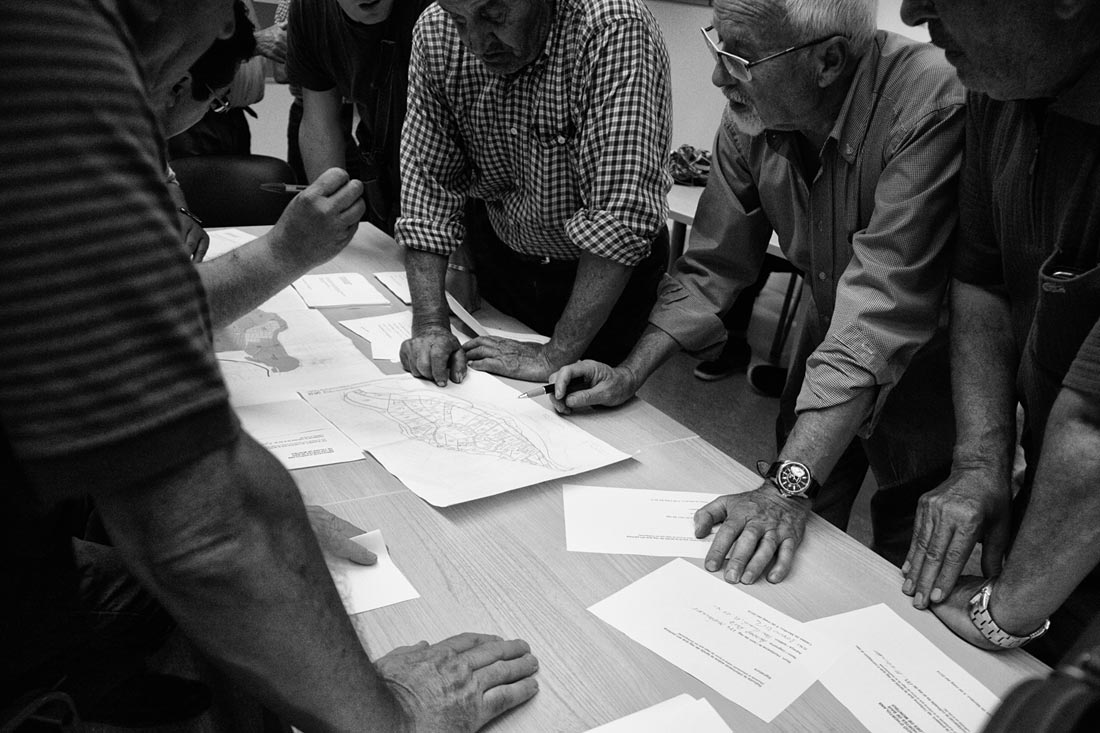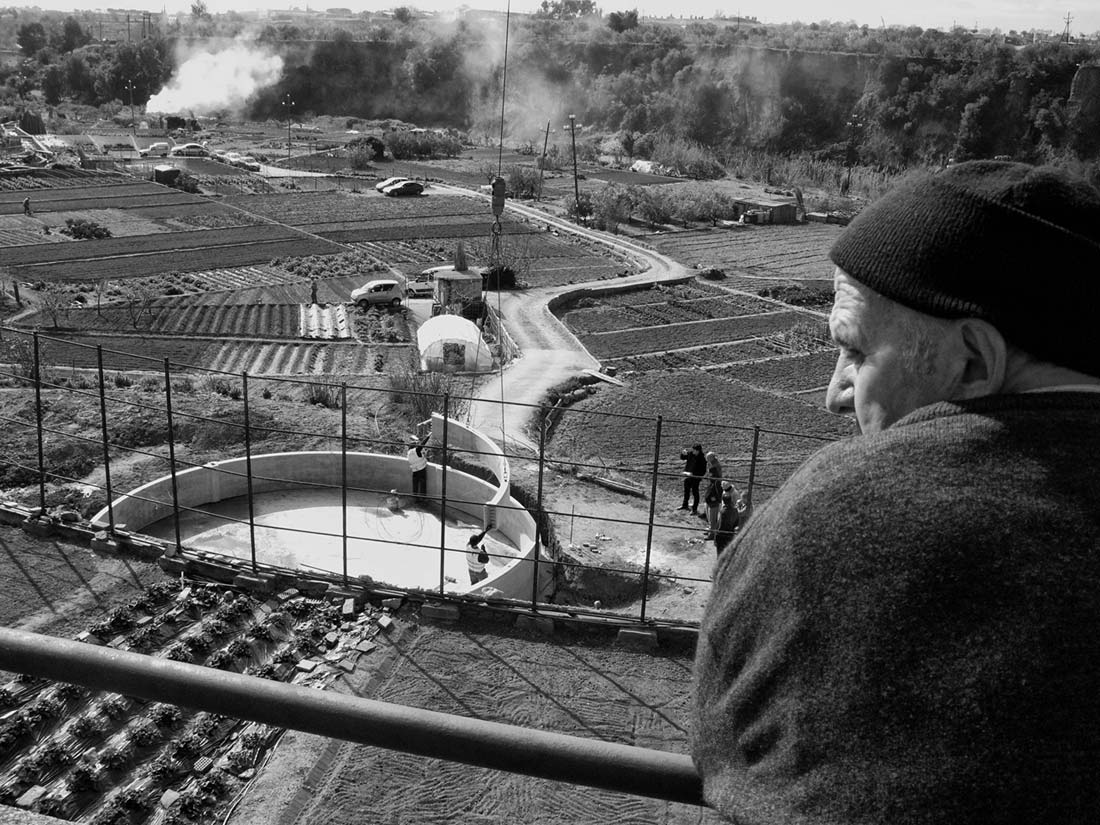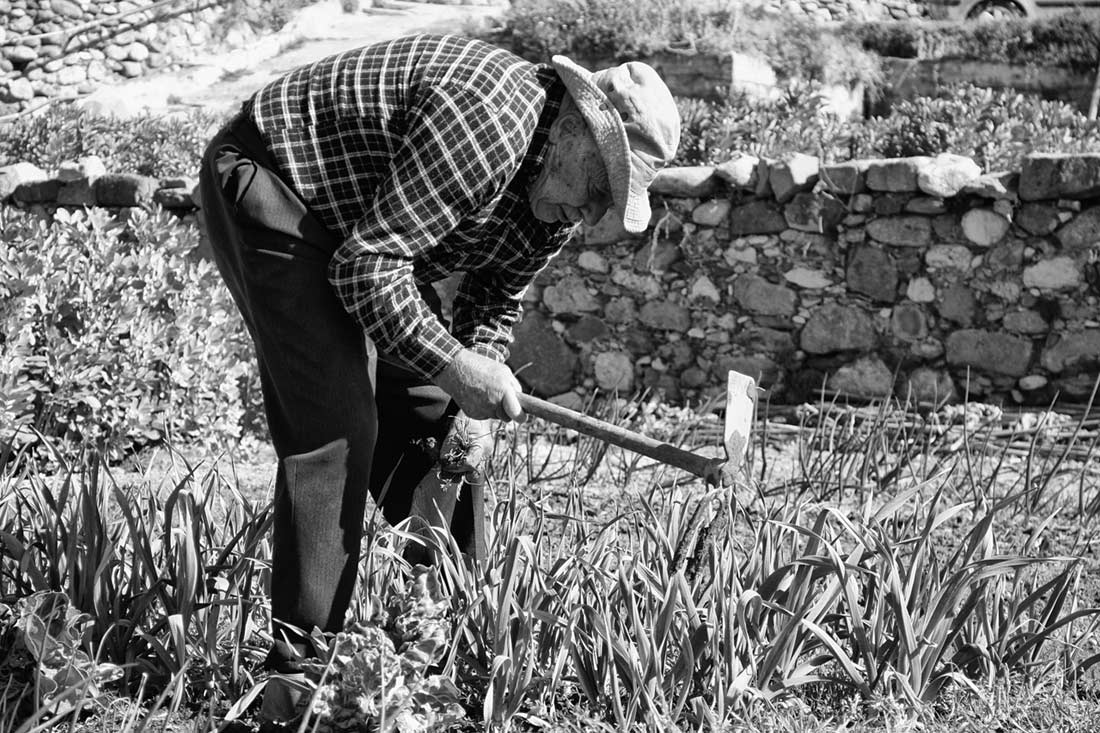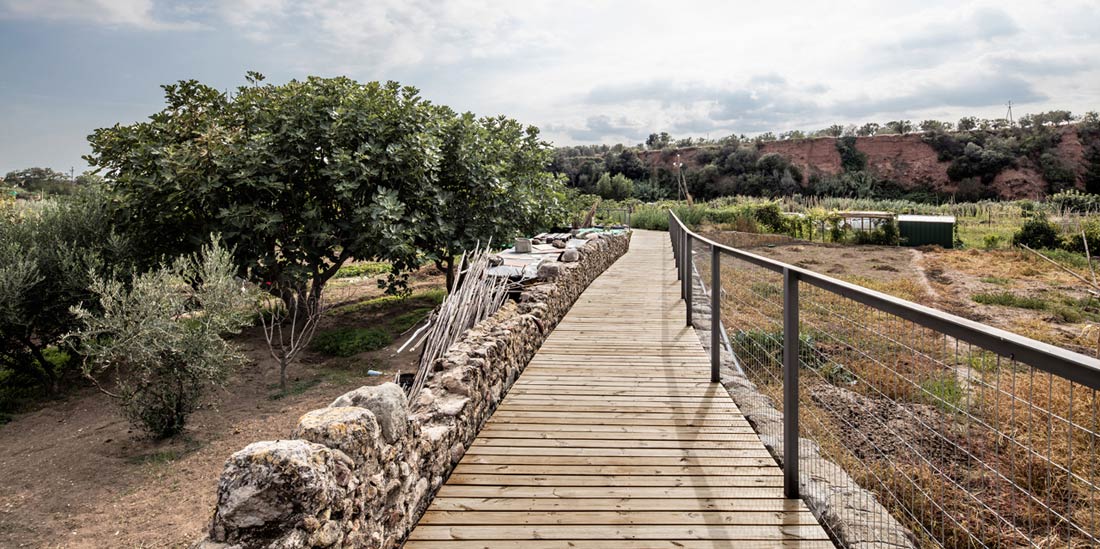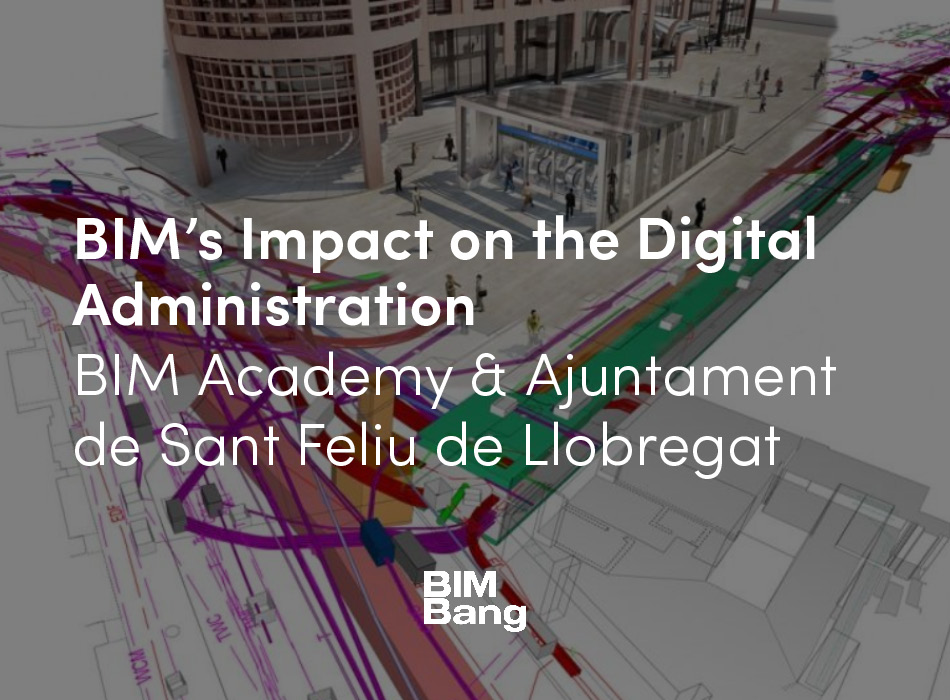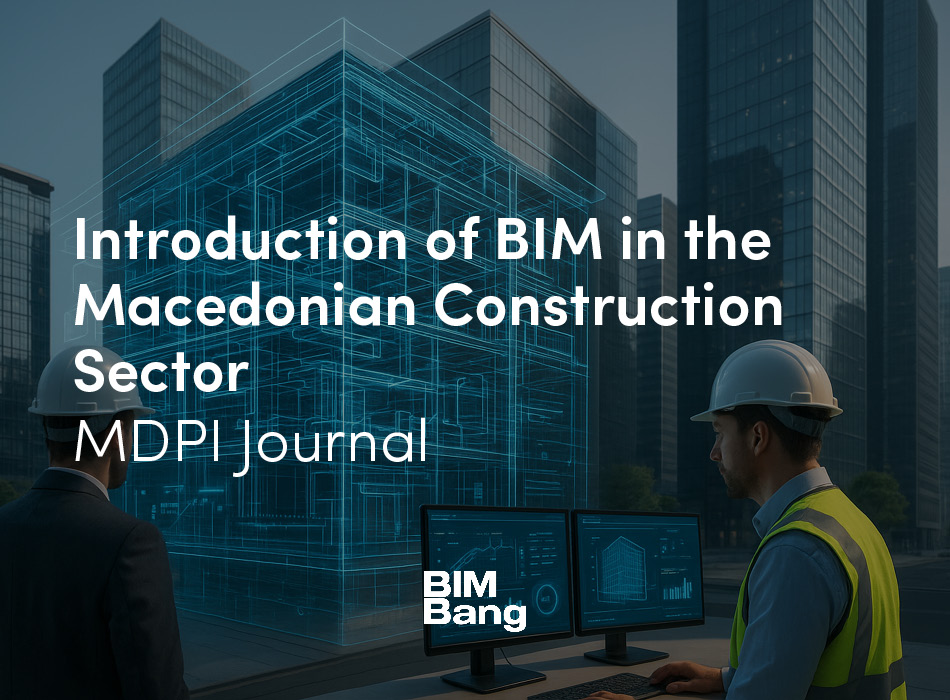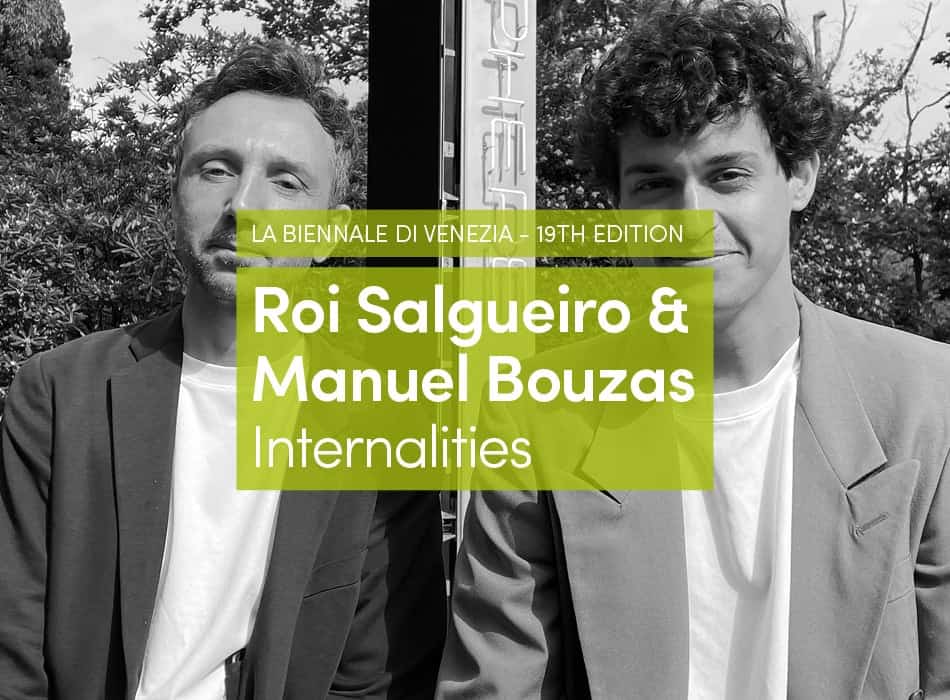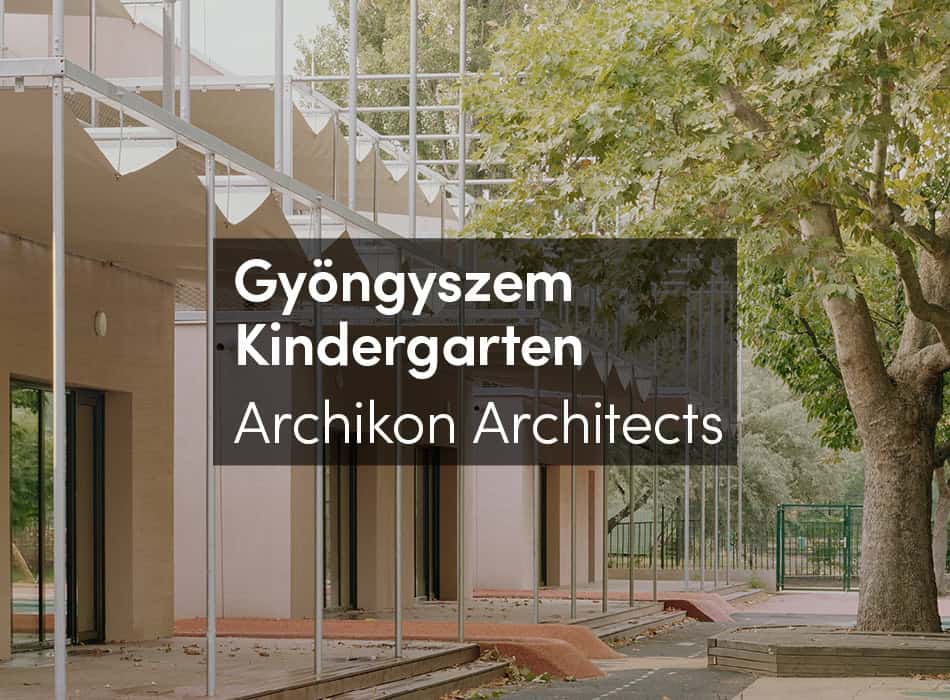The project is located in a town called Caldes de Montbui in the Plana del Vallès region of the Barcelona metropolitan area. Specifically, this town gives its name to one of the tributary rivers of the Besós River, the Caldes stream. Caldes receives water from the Pre-Litoral mountain range basin and from a very special resource: the upwelling of thermal springs. Crossed by a tectonic fracture from west to east, the town has numerous upwellings of thermal springs with the hottest water in the whole Iberian Peninsula (74oC). From Roman times, when the city was founded under the name of Aquae Calidae, much of the lands of the Caldes stream basin have been used to cultivate food. The surplus of thermal water made regular irrigation possible even during times of drought.
 Triggers: CONFLICTS=OPPORTUNITIES
Triggers: CONFLICTS=OPPORTUNITIES
Water is life, and the landscapes generated by its social and productive management are their spatial expression over time. In the traditional city, water carried out most of the urban and peri-urban activities, allowing the city to be understood in relation to its territory. Referring to E.A. Wrigley (1987), this relationship is based on an organic productive model where the citizens had an active role as users of water through everyday life practices of self-management and production, adapting the use of this resource to its availability in its territory. Water used to be a public good and citizens knew how to deal with it since it was a social resource, a cultural asset.
The scientists Naredo and Valero stated in 1999 that the growth of urban systems and their disconnection with their territory has conditioned our relationship with water since the industrial revolution. Its management has changed from a model where the communities were using it directly, to a public municipal model risking becoming a private commodity (Guardia et al., 2011). This caused a disconnection between water and users that, together with economic development, led the users to adopt a passive role that turned the management model into a demand-based system. Thus, traditional infrastructures became obsolete, falling into a process of oblivion. Water has been “stolen” from the community, a community deprived of agency and affected by the loss of sense of community (Hardy and Ward, 1984).
However, if we understand water management from a systemic and integrated point of view, it is possible to read traditional management as an intangible heritage and this is our guiding principle when intervening at the orchards in Caldes de Montbui.
Our site belongs to a peripheral fringe called Hortes de Baix (which means “low orchards” in Catalan). Hortes de Baix is an historical space of irrigation consisting of 3.7Ha attached to the main core of the village. This space has suffered the gradual environmental and social degradation of its landscape. This particular process of peripheral landscapes of the twentieth century is here mainly caused by the water pollution of a local stream that supplies the irrigation system, a lack of security regarding accessibility to the space and the breakdown of the irrigation community (due to a lack of cohesion and transference of intergenerational know-how).
Therefore, the main conflict to solve was the continuous flow of polluted water from the entire city centre into the main irrigation ditch that supplies water to the orchards and to the Caldes stream. A complaint to the national health department from a local group of ecologists sounded the alarm about the risks of eating vegetables watered with sewage. Complaints from the gardeners about the unhealthy quality of clean water and its scarcity helped to visualize the flow of polluted water to the orchards, which are part of the area’s heritage. This fact, together with the frequent accidents caused by the poor access conditions to the orchards (walking over the drought wall) and the death of a gardener due to this accessibility problem raised awareness in the town hall of the need to work on the orchards to improve the water supply and its management and access.
The background to the project
The main background that activated this project is the Mostra Internacional de Art Urbà (International Urban Art Exhibition) that took place in Caldes de Montbui. For 8 years, and organized by a local institution (Museu Thermalia), this event spotlighted the potential of urban public space linked to thermal water in the old town. Decontextualizing and making those spaces open to artistic ephemeral performance helped to emphasize their singularity, redefine their use and claim the public condition of urban public spaces (more information at www.miau-termal.cat). In addition, the research that took place on the site with the students from the master’s degree in Sustainability at UPC-BarcelonaTech helped in organizing debates between the agents related to thermal water (spas, gardeners, institution and citizens) to allow a new model of production and management, proposing a new participatory action to integrate the intangible heritage into the cultural agenda of the city.
Those investigations were partly coordinated by ourselves from 2008 and were a way to establish contact with the community of gardeners and to make a petition to the local government. The town hall took the petition to the municipal Board for Public Spaces, which gives voice to local initiatives to improve the city’s urban space. Consequently, the City Council commissioned the assignment to solve the need for more clean water for irrigation, to channel the open flow of wastewater and to facilitate accessibility from the city center.
Therefore, departing from our specific approach and three complementary strategies, we proposed the following: to recover the private horticultural landscape as a new public space that encourages food self-sufficiency; to co-design the process with the irrigation community and stakeholders; and to recognize the key value of traditional water management as a tangible and intangible heritage. 
STRATEGIES
As if they were a conceptual lens, we borrow the approaches of our main references in landscape ecology and urban metabolism. Their theories and experience allow us to develop four specific strategies that will determine and guide the goals, methodology and outcomes of the project.
Specific approach: URBAN METABOLISM
The Economic historian Enric Tello recognizes the potential of a specific landscape unit: the traditional agro-forestry landscape mosaics of the Vallès region, the territory where our project is located. Tello states that these mosaics are a good way of increasing the biodiversity and continuity of this type of ecosystem that combines production and conservation as a fringe between the forest and the urban fabric. He also explains that “the landscape is the territorial expression of the metabolism that any society sets up with the natural systems that sustains it” (Tello 2003) and this is our point of departure to understand our context.
Since our orchards are located within this agro-forestry landscape mosaic, we will work to close all the material circles in its metabolism (mainly the water cycle, matter cycle and energy cycle). Not long time ago, these orchards self-supplied the city centre in the same way that fields supplied the entire city. Work towards the self-sufficiency of this system is one of the main goals of the project.
1st strategy: THE WATER CYCLE IN ITS TERRITORIAL DIMENSION
Taking the urban vision of the anarchist geographer Élisee Reclus, we recognize the need to identify the cultural practices around water derived from the territorial scale. His book Histoire d’une ruisseau (1869) shows all the different stages in which water plays a key role for society’s activities.
In consequence, we need to research beyond the context of the orchards themselves, exploring the watershed and its potential as a supply, and identifying the functional water cycle through streams, ditches, old mills, existing laundries and rafts along the course of the river that irrigates those orchards.
2nd strategy: THE HISTORICAL VALUE OF WATER
We establish a very clear link with the concept of “oasis” that UNESCO advisor Pietro Laureano has developed in his work La piramide rovesciata, il modello dell’oasi per il pianeta Terra (1995) and Atlante d’acqua, conoscenze tradizionali per la lotta alla desertificazione (2001). He helps us to understand water management from a systemic and integrated point of view; it is possible to read traditional management as an intangible heritage.
Thus, we recognize the material dimension of the orchards as a heritage where traditional knowledge and its physical, cultural, social and economic representation enable resources to be managed organically. This means that the orchards can be understood as if they were an oasis, a key model to transform our current urban social metabolism.
3rd strategy: THE CIVIC SURVEY AND THE ROLE OF THE COMMUNITY
The last reference is the biologist Patrick Geddes who developed the concept of the civic survey, an observational technique to analyse the environment from a social perspective. Furthermore, he explored what he called conservative surgery, a very sensitive way to intervene by trying to respect the context.
This is why we have carried out participatory observation research in order to diagnose threads and opportunities within the social context of the water system of these orchards. According to the Geddesian surgery, our interventions turn out to be very specific and interconnected.
GOALS
The strategies described led to the development of a general goal for the project and two further specific ones.
The main goal of the project is to promote a new perception of the use of thermal water for irrigation. We propose recognizing the key value of traditional water management as a tangible and intangible heritage, recovering community daily practices to allow the reinterpretation of this social heritage as a way towards the sustainable transformation of the space (WCED, 1987). From the compression of the landscape as the shape of a sociocultural perception of the territory (Roger, 2000), the way resources are managed and the traditional water management practices recovered, it is possible to transform the perceptual frameworks necessary to develop a new ecological urbanism. In this project, this transformation aims to become a key instrument towards the new sustainable paradigm and that is materialized in two specific goals.
The first specific goal of the project is to propose a plan to reactivate the community of gardeners in order to consolidate their structure, representation and commitment to efficiently manage the thermal water resource. In this sense, the community of irrigators has been empowered by creating an association to collectively manage the resources and the physical space of the orchards and their infrastructures.
The second specific goal is to promote a sustainable urban design from the understanding of the traditional management of resources by using the knowledge on thermal water and the current technical possibilities of using it for irrigation. Reusing the surplus of thermal water from spas, using gravity to move water and separating different water qualities to allow different uses became the main action lines of the project. We also focus on organic material to produce food and the absorption of waste (like compost) to respond to social and environmental challenges while mobilizing the urban social metabolism.
METHODOLOGY: participatory action research
We support a long-term participatory process since we are convinced they enable awareness for the transformation of perceptual frameworks of the landscape (Lakoff, 2007). Thus, we propose tools that facilitate this change of perspective towards thermal water.
Throughout almost two years of collaboration and co-design with the gardeners, we detected an inadequate management of the water surplus from private thermal spas released into the stream. Therefore, we proposed to reuse it for irrigation as well as the surplus water from thermal washing places. Together, we discovered that the lack of thermal water in the orchards did not respond to a shortage in the thermal water supply but to the inadequate management of this resource. At the time the project began, two-thirds of the 1,000m3 of water that naturally outwelled every day were discharged into the river once they had been used by the private spas, without spaces for retention, compensation or cooling before reaching the river.
Throughout this process, the irrigation community was recovered and empowered to agree on some interventions without altering the existing irrigation system or its social management. The project was executed with 93,881€ and a Municipal Employment Plan. The maintenance is taken over by the irrigation community and eventual problems are managed by the municipality.
THE PROPOSAL: an action plan of MICRO-INTERVENTIONS
The result of the participatory process is an action plan based on different interdependent micro-interventions.
The interventions have been developed over two stages:
– The sustainable management of the irrigation system
– The walkway to improve accessibility
As part of the community-driven process, the surplus of water from thermal spas was recovered to irrigate orchards, ensuring a supply of water. For that, a new public pool was built to accumulate and cool thermal water. From there, we keep and recycle the existing irrigation system to deliver flooding turns operated by gravity only, avoiding introducing any new mechanized device. Wastewater is channelled to the sewage collector allowing the existing main canal to be recovered, with a new walkway to improve access to the area. This is supported inside the stone walls to avoid any alteration to the appearance of the canal traces.
The presence of elements from the self-construction of horticultural identity is enhanced: granite stones, handmade ceramic bricks, manual floodgates, wire meshes and fences. We reintroduce live willow, formerly used to make willow baskets heated by thermal water.
Finally, an innovative pilot system is developed: phytotreatment with macrophytes planted on floating gardens, to absorb residual organic material without altering the pool’s oscillation condition.
BENEFITS
The results of the project allow the project to be evaluated on three levels:
First, the political level: The Government has committed itself returning the dignity to this place and to the long and intense participation process that culminates with the creation of a hitherto non-existent gardeners’ association. A board with commissions is created to ensure self-management of the irrigated space, the establishment of internal rules, communication with the city council, the visibility of its historical heritage and the necessary intergenerational transfer of local knowledge.
Second, the productive level: Obtaining clean water allows the practice of organic farming and increases flooding turns. In the long term, visitors will be able to consume the cultivated products. In a way, these orchards may become a food pantry for the village, a grocery for those committed to consuming organic vegetables, including the local stakeholders such as primary schools and consumer cooperative stores.
Third, the civic level: The vegetable gardens become an open public space, promoting the recognition, inclusion and education of the agrarian space. The location of the orchards in relation to the city centre generates a kind of “balcony” over the orchards that are visible to citizens. The new orchards become a new productive garden for the town and a new route is created by the new walkway. 
LEARNINGS AND LINES OF CONTINUITY
The new community and ecological approach also challenged our architecture team to assume the role of mediators and observers, by adopting innovative conceptual references from complementary fields and integrating external collaborators. This has allowed us to develop new decision-making tools and communicate the technical aspects of the project.
Nowadays, we continue to collaborate with the town hall and the new gardeners’ association to establish agreements in two different ways: on one hand, we are collaborating with a techno-agroalimentary research institute to facilitate technical support to the new generation of gardeners that have to introduce new means of fertilization once the sewage water irrigation ended. On the other hand, we are collaborating with a university master’s course in landscaping that will be able to set new long-term proposals for the space.








